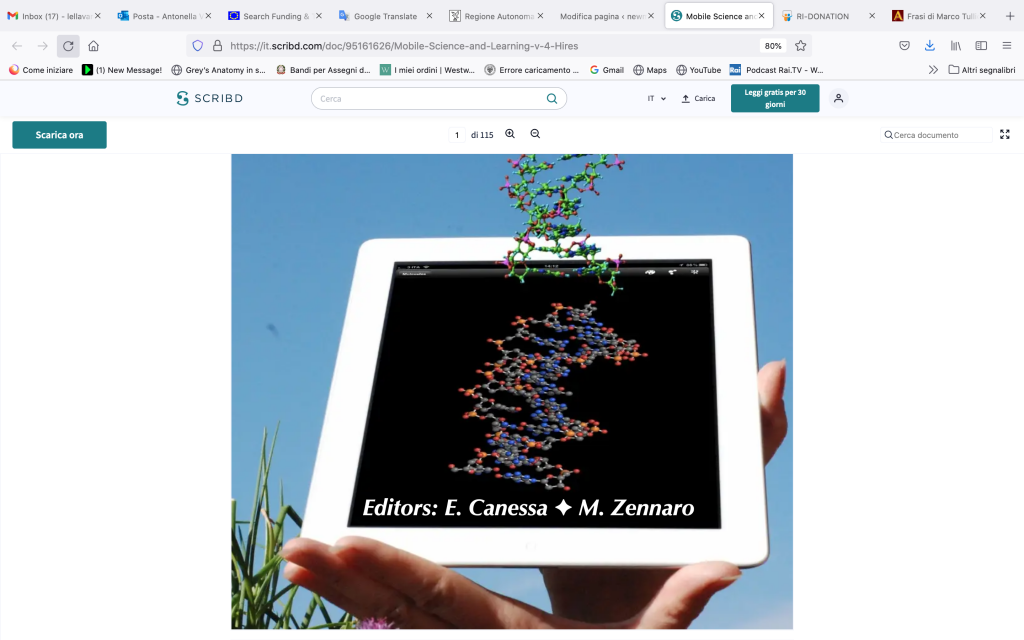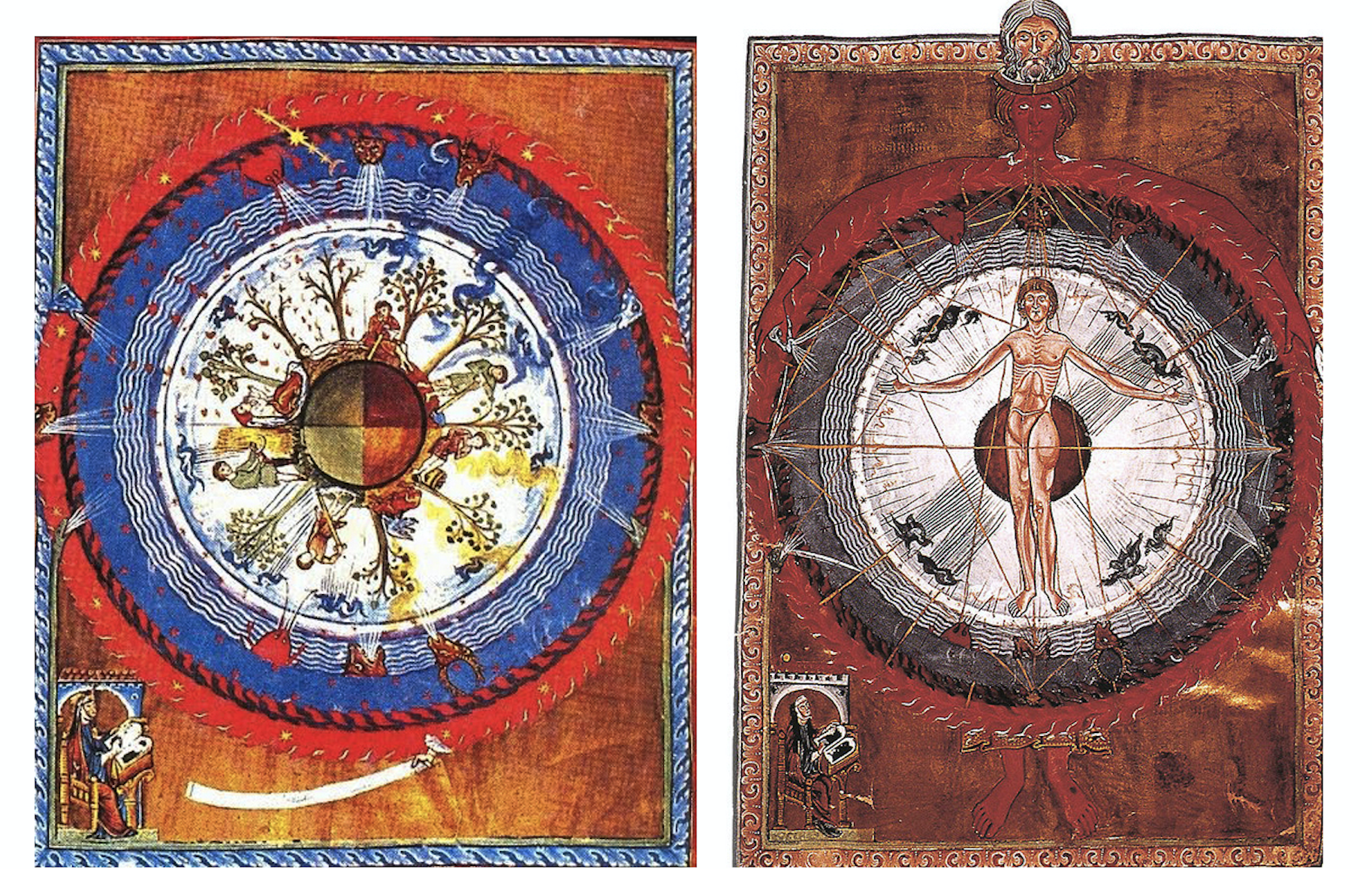2016 SQUEEZE CONVERSATION
2013 HILDEGARD
2015 BHAGAVAD GITA
2012 RI-DONATION
ACADEMIA
2012 SCIENTIFIC M-LEARNING > see more info…

The goal of the research called “blending atmosphere design” is to understand if new design style would be useful to develop new interaction environment related to emotional aspects of the interface in order to create a better general atmosphere of interaction.
The experiment is split in two:
STEP 1 – DESIGN and REALIZE two interactive prototypes ( web sites ) with my students (Udine University)
a. Create a design model using blending theories:
– Silvano Arieti ( creative process )
– Bruno Munari (constant in creativity )
– Bill Verplank ( do -feel-know )
– Alan Dix ( bad ideas)
and other classic techniques like brainstorming in order to develop awareness about what design is and the importance of the mood in a virtual space;
b. design the same two prototypes using classical techniques, more user oriented devoted to functionality on the web and not involved in creative process;
see prototypes:
> TOURISM stmviaggi – agenziabiancaneve> E-MAGAZINE e-artistic – e-magazine
STEP 2 – EVALUATE the interaction of this four artifacts (web sites) with the students of prof Mussio (Milan University) using:
– Jacob Nielsen (heuristics)
– Clarisse Sieckenius De Souza (semiotic evaluations SIM and CEM)
This research originally called ‘mood-based design’ started in collaboration with Professor Piero Mussio CSLab, Milan University. – Prof. Mussio died in August 2010 see ‘In Memorial’ –
DOWNLOAD PDF files> thesis and annex
AbstractEN – English version
phd_varesano – Italian version by Antonella Varesano
APPENDICI Italian version: 1,2A,2B,2C,2D,3
2aLolito_relazione – 2bValè_relazione – 2cLeo_relazione – 2dpellegrini_relazione
REFERENCES
Arielli E. (2003), Pensiero e progettazione, Mondadori Campus.
Arieti S. (1976), Creativity: The Magical Synthesis, New York, Basic Book.
Card S. K, T. Moran, Newell A. (1983) The psychology of HCI, CRC press.
Cooper A. (2005) About Face 3, the essentials of interaction design, 3th editions.
Dix A, Janet E. Finlay, Gregory D. Abowd, Beale R. (2008), Human-Computer Interaction , 3th edition, Pearson
Di Nocera F. (2004), Cos’è l’ergonomia cognitiva, Carrocci le Bussole, Italia
Fauconnier G., Turner M., (2002), The Way We Think, Basic Books, New York
Finke, R., Ward, T., & Smith, S. (1992), Creative cognition: Theory, research and applications. Massachusetts: MIT Press., Boston.
Kelley T, J. Littman, T. Peters, (2008) The Art of Innovation: Lessons in Creativity from IDEO, Leading Design Firm, Palo Alto.
Guilford, J.P. (1950) Creativity, in American Psychologist, vol 5.
Macias J.A., Granollers T. (2009) New Trends on HCI, Sprinter.
Maeda J. (2006) Le leggi della semplicità, Mondadori Bruno, Milano.
Moggridge B. (2007) Designing Interactions, MIT press, Boston.
Munari B. (1961) Arte come mestiere, Laterza, Bari.
Munari B. (1968) Design e comunicazione visiva, Laterza, Bari.
Munari B. (1971) Artista e designer, Laterza, Bari.
Munari B. (1977) Fantasia, Laterza, Bari.
Munari B. (1981) Da cosa nasce cosa, Laterza,
Norman D. (2008) Il design del futuro, Apogeo.
Norman D. (2004) Emotional design, Apogeo.
Plsec P, (1997) Creativity, Innovation and Quality, Milwaukee, WI: Quality Press.
Preece J., Rogers Y., Sharp H. (2004) Interaction Design, Apogeo Education
Saffer D. (2007). Design dell’interazione, Pearson Education Italia,
Shneiderman J.A, Plaisant C. (2008). Designing the user interface, 5th ed, Pearson
Sieckenius de Souza C. (2004) The semiotic engineering of HCI, Mit press
Tidwel J. (2005) Designing Interfaces: Patterns for Effective I D, Paperback,
Torrance, E. (1976). Education and creativity. In A. Rothenberg & C. Hausman Durham, NC: Duke University Press.
Varela, F.J. (1993) The Embodied Mind. Cognitive Science and Human Experience, MIT Press Paperback edition
Winograd T., Flores F, (1986) Understanding Computers and Cognition. A New Foundation for Design, Pearson Education
Articles and Paper
Barzell J. (2007), Creatività in amateur multimedia: popular culture, critical theory and HCI, Human Technology, Vol 3. pp. 11-13
Brown T. (2008) Design Thinking, Harward Business Review.
Chang A., Gouldstone J., Zigelbaum J, Ishii H. (2007) Simplicity in Interaction Design, MIT Media Lab.
Dix A. (2009). Touching Technology: taking the physical world seriously in digital design. Talks given Jan-Mar 2009.
Geyer F (2009). Blended Interaction Design: A spatial Workdpace Supportin HCI and Design Practice .Interact 2009 pp. 844-847
Klemmer S. , Hartmann B.,Takayama L. (2006). How Bodies Matter: Five Themes for Interaction Design, Stanford Publications
Mussio P., Costabile MF, Fogli D. , Piccini A., (2005) Meta-Design Approach to End-User Development. IEE Symposium of Visual Lanuages
Plsec P. (1996). Working Paper: Creatività Models, P. P & Associates Inc
Pirhonen A., Muphy E.. Designing fot the unexpected: the role of creative group work for emeging interaction design paradigma, Visual Communication
Murthy P., Purcell P. (2007). Levels and Experiences of Insightful Design,
Mountford Joy S. (2006). Tools and Techniques for creative design
Resnick M., Selker T. Myers B, Nakakoji K, Shneiderman B, Pausch R, Eisenberg, (2005). Design Principles for Tools to Support Creative Thinking, Revised October
Such D. (2004). Emotion Tecnology, FuturLab working paper.
REMEMBER
this blog is a minimal diary about my research in new media studies, presenting my activities and my interest in matters like creativity, inferences, emotions, semiotic, philosophy, awareness and interaction design in general
please if you want to join me… leave a comment …. you are very welcome!! info@newmedialab.org
